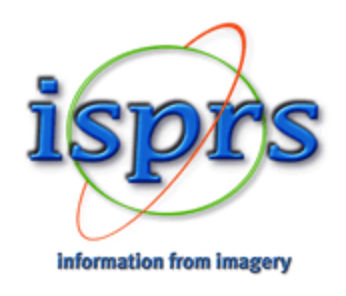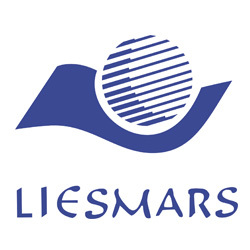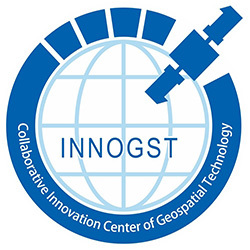Dr. Ruizhi Chen
Dr. Ruizhi Chen received his PhD degree in Geodesy from University of Helsinki, MSc. degree in Computer Science and Engineering from Helsinki University of Technology, and BSc. in Surveying Engineering from Wuhan Technical University of Surveying and Mapping. Dr. Chen is currently the Director of the State Key Laboratory of Information Engineering in Surveying, Mapping and Remote Sensing, Wuhan University. He used to work an Endowed Chair and Professor in Texas A&M University Corpus Christ, U.S. and Head & Professor of the Department of Navigation and Positioning at the Finnish Geodetic Institute, Finland. He has published two books: Geospatial Computing in Mobile Devices and Ubiquitous Positioning and Mobile Location-Based Services in Smart Phones. He is an author/co-author of more than 160 scientific papers and 5 book chapters. His research results have been selected twice as cover stories in “GPS Worlds”. His Ph.D. students have received 7 international student paper awards, including 3 times of student-wining papers in the Institute of Navigation for 2010, 2012 and 2013. Dr. Chen is the general chair of the IEEE conferences “Ubiquitous Positioning, Indoor Navigation and Location-based Services” for 2010, 2012, 2014 and 2016. He is the Editor-in-Chief the Journal of Global Positioning Systems and associate editor of the Journal of Navigation. Dr. Chen was President of the International Association of Chinese Professionals in Global Positioning Systems (2008) and board member of the Nordic Institute of Navigation (2009-2012). Dr. Chen’s research interests include smartphone positioning indoors/outdoors, context awareness and satellite navigation.
High Precise Smartphone Positioning Indoors Based on Multiple Sources.
This presentation introduces a solution of smartphone positioning indoors by integrating the measurements of the smartphone build-in sensors and RF radios together with various high precision positioning techniques based on e.g. camera re-sectioning, acoustic ranging, and Angle of Arrival from Bluetooth antenna array. The high precise positioning techniques are used to control error propagation as the signal coverage area of these positioning techniques are limited, while the built-in sensors and RF radios are used to fill the gaps among the hot spots covered by the high precise positioning techniques. With our approach, no addition hardware is needed to add to the regular smartphones.



































